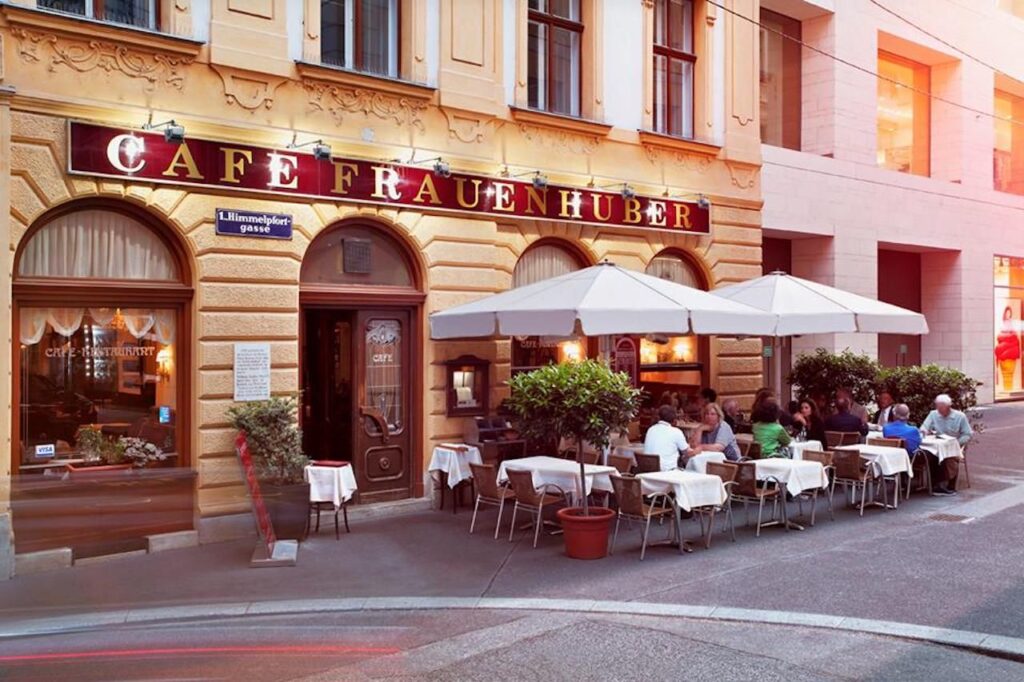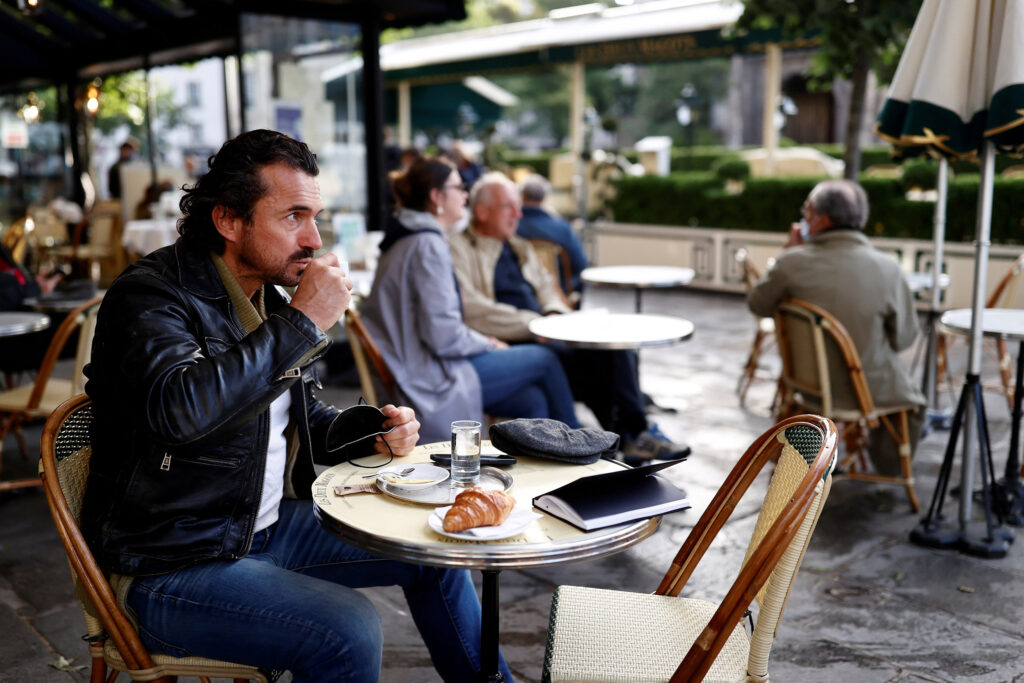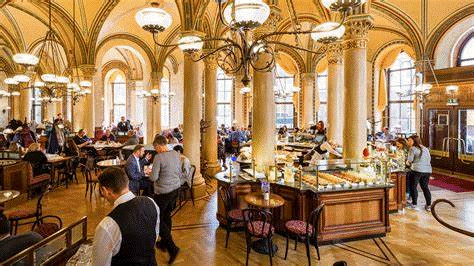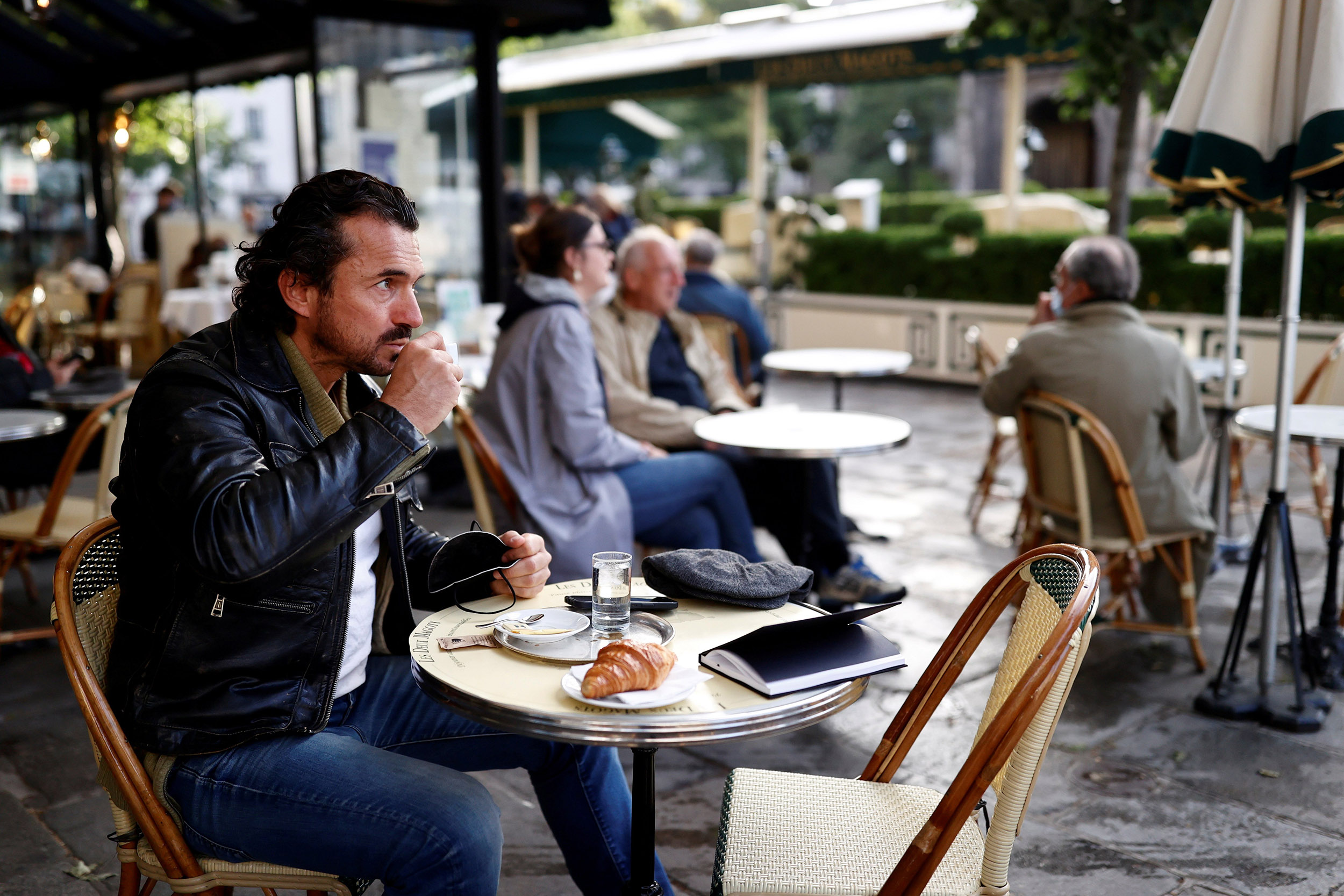The Allure and Significance of the Coffee House.

A coffee house, often referred to as a café, is a special place that primarily serves coffee along with a variety of beverages, snacks, and light meals. Over the years, coffee houses have evolved into cultural and social landmarks, playing a vital role in communities around the world.
These establishments are more than just spots to enjoy a cup of coffee; they are spaces where people gather to relax, socialize, work, and engage in meaningful conversations.
The Importance of Coffee Houses
Social Gathering Spot: Coffee houses have long been known as hubs for social interaction. Whether meeting friends, family, or colleagues, people often find themselves in a coffee house enjoying good conversation and a comfortable atmosphere.
Intellectual Exchange: Historically, coffee houses have been centers of intellectual thought, hosting discussions that sparked creativity and the exchange of ideas. Writers, philosophers, and thinkers would frequent these spaces to discuss literature, politics, and culture, often contributing to groundbreaking work.
Cultural Hubs: Coffee houses are also cultural epicenters. They reflect the local community’s traditions and often host live music, open mic nights, art exhibits, and other cultural events. They are spaces where creative expression and community engagement thrive.

Workspace: In today’s digital age, coffee houses have become popular locations for remote work and study. Many offer free Wi-Fi and a cozy atmosphere, providing an ideal alternative to the typical office or library.
Relaxation: Above all, coffee houses offer a peaceful environment to unwind, read a book, or simply enjoy a cup of your favorite brew in a tranquil setting.
De’Longhi Electric Coffee Grinder – Amazon.com
Travel Coffee Mug Spill Proof, Coffee Mug – Amazon.com
Evanda Coffee Mugs Set of 6 – Amazon.com
Lavazza, Qualità Rossa, 1 Kg, Ground Coffee -s Amazon.com
Activities at Coffee Houses
Enjoying Beverages: At any coffee house, you’ll find a range of coffee options—espresso, cappuccinos, lattes—and other drinks like tea, hot chocolate, and cold brews. Some establishments also serve alcoholic beverages.
Delicious Food: Many coffee houses now offer more than just pastries. They serve light meals such as sandwiches, salads, and even gourmet offerings, allowing patrons to enjoy a full meal with their coffee.
Socializing: A coffee house is an ideal setting to meet people, share ideas, or simply enjoy some time with friends, creating a sense of community among patrons.
Reading and Working: With their relaxed environment, coffee houses have become popular spots for reading or working, particularly for those who prefer a more lively setting than a traditional library or home office.
Events and Performances: Many coffee houses host events such as open mic nights, poetry readings, or live music performances, creating a vibrant atmosphere that goes beyond just serving coffee.
The Location of Coffee Houses
Coffee houses can be found worldwide, especially in urban and suburban areas. They’re often located in city centers, shopping districts, neighborhoods, and near universities.

While global coffee chains offer a consistent experience, independent and boutique coffee houses provide unique settings and specialty brews that cater to local tastes and preferences.
Coffee Houses: More Than Just a Drink
Coffee houses are truly cultural gems. They are spaces that foster intellectual exchange, creativity, and relaxation while offering diverse coffee beverages, snacks, and light meals.
As both social spaces and work hubs, coffee houses provide something for everyone, from the casual coffee drinker to the remote worker or artist looking for inspiration.
The History and Evolution of Coffee Houses
The history of the coffee house dates back to the 16th century in the Middle East, with the first coffee houses appearing in Constantinople (now Istanbul). These early establishments served as gathering places where people could enjoy coffee, engage in conversations, and partake in entertainment.
Coffee’s Journey to Europe: Coffee houses spread to Europe in the 17th century, starting in England with the first coffee house opening in Oxford in 1650. These spaces quickly became known for hosting intellectual debates, artistic discussions, and political conversations, becoming cultural staples in cities like London.

Intellectual and Cultural Exchange: During the Enlightenment, coffee houses were vital in promoting intellectual exchanges. Thinkers, writers, and philosophers would gather to discuss ideas that would shape the course of literature, science, and philosophy.
The Rise of the Coffee House as a Cultural Hub: Coffee houses were not just intellectual spaces but also places of socialization and the exchange of printed material. In Europe, they became important venues for newspapers and pamphlets, which contributed to the dissemination of ideas.
Global Expansion and Modern Impact: As coffee houses spread globally, they evolved into modern cultural spaces. The 20th century saw coffee houses serving as venues for artistic movements, social gatherings, and countercultures. Today, they continue to serve as vital social and cultural institutions.
Changes in Coffee Houses Over Time
Expansion of Offerings: Coffee houses have evolved from being simple establishments that served coffee into multifaceted spaces. Along with coffee, many now offer a wide range of beverages, including teas, cold drinks, and even alcohol, providing a diverse experience for all types of patrons.
Technological Integration: Modern coffee houses have integrated technology into their offerings. Many provide free Wi-Fi, which has made them popular locations for remote work and digital interactions. Charging stations and other tech-friendly amenities are now commonplace.

Cultural Adaptations: Coffee houses have become increasingly inclusive, offering options for different dietary preferences such as vegan, gluten-free, or organic choices. They cater to a diverse clientele, reflecting changing social norms.
Entertainment & Events: Coffee houses have also transformed into venues for live music, poetry readings, and art exhibits. This shift has helped coffee houses remain relevant as cultural hubs and creative spaces.
Expanded Menu Choices: The food offerings at coffee houses have also evolved. While pastries and sandwiches used to be the norm, today’s menus include a wider selection of gourmet sandwiches, salads, and even artisanal desserts, appealing to a broader audience.
De’Longhi Stilosa Manual Espresso Coffee Machine – Amazon.com
De’Longhi Nespresso Essenza Mini – Amazon.com
De’Longhi Signature Blend Coffee Beans – Amazon.com
L’OR Espresso Grande Assortment Pack 100 Pods – Amazon.com
Surprising Changes for Coffee House Visitors
Specialty Coffee Drinks: Many coffee houses now serve specialty drinks with unique flavor combinations, alternative milk options, and innovative presentations. This wide range of options is likely to surprise visitors who are used to traditional coffee preparations.
Gourmet Culinary Offerings: Visitors might be surprised by the level of culinary artistry found in many modern coffee houses. These establishments often serve creative, high-quality food that competes with restaurants in terms of flavor and presentation.

Third Wave Coffee Movement: The focus on ethically sourced, high-quality coffee beans and precise brewing methods may be a new experience for those accustomed to more basic coffee drinks.
Minimalist Interiors: Many modern coffee houses focus on creating Instagram-worthy spaces with minimalist and aesthetically pleasing designs that enhance the overall experience.
Digital Integration: With the rise of technology, many coffee houses now offer digital ordering systems, Wi-Fi, and apps that allow for a more streamlined customer experience.
Conclusion: The Ever-Evolving Coffee House Experience
Over time, coffee houses have undergone significant transformations, adapting to cultural shifts, technological advancements, and evolving consumer preferences. While the essence of enjoying a cup of coffee remains unchanged, the role of the coffee house in modern society has expanded, offering a diverse and dynamic experience.
Whether you’re visiting a global coffee chain or an independent café, the coffee house continues to be a cornerstone of social interaction, intellectual exchange, and relaxation. So next time you step into a coffee house, take a moment to appreciate its rich history, modern relevance, and the diverse offerings that make it an essential part of our daily lives.
Author.
Brendon McAliece is a multi-lingual expat with a passion for coffee, bringing over three decades of experience in flight simulation and PC building, as well as more than two decades of real-world jet fighter expertise as a weapons/egress technician. Holding a sport pilot certificate, he also has firsthand flying experience.

His travels have taken him from Europe to the Middle East, Asia, and back home to Australia. Along the way, Brendon developed a deep love for coffee, which has become an essential part of his daily routine.
Whether he’s enjoying a freshly brewed cup during his travels or savoring a rich espresso at home, Brendon’s connection to coffee runs deep. You can explore more about his experiences and coffee adventures in his blogs below.
Learn more @
DreamingGuitar.com – DreamingCoffee.com – LetsFlyVFR.com
Home – Blog – Shop – About
As an Amazon affiliate I may earn on qualifying sales.



5 responses to “The Significance and Allure of the Coffee House in History.”
[…] brew coffee offers a smooth and less acidic alternative to traditional iced coffee. To make cold brew, combine coarsely ground coffee and cold water in a pitcher or jar. […]
[…] story of Cortado Coffee finds its roots in the vibrant cafes of Spain, where coffee is not just a beverage, but an integral part of daily life and social interaction. The term ‘cortado’ itself […]
[…] creation of Vienna Coffee is said to have taken place during the 17th century, a time when coffee houses were emerging as centres of intellectual exchange and social interaction. The story goes that […]
[…] history of traditional Thai coffee is closely intertwined with the introduction of coffee to Thailand by way of trade and cultural exchange. The origins of coffee in Thailand can be traced […]
[…] recent compared to coffee. The widespread consumption of orange drinks became possible with the development of pasteurization and the industrialization of the food and beverage industry in the late 19th and early 20th […]